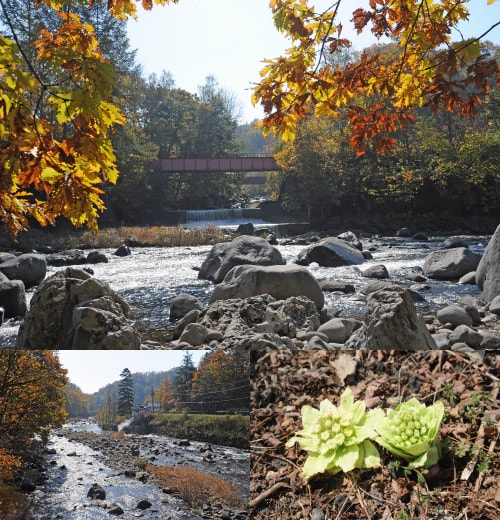Lake Toya is a caldera lake that emerged from an eruption about 110,000 years ago.
Lake Toya is the center piece of the massive Shikotsu-Toya National Park, an area of about 7,000ha.
The Toya caldera was formed by pyroclastic flow of volcanic material caused by an eruption about 110,000 years ago.
Rainwater accumulated over thousands of years that is nowadays Lake Toya.
Lake Toya has extreme depths of up to 180m, which is one reason why despite of the cold winters in Hokkaido, the lake’s surface never freezes.
In addition, Lake Toya is also known for its transparency, enabling observation of all sorts of water wildlife.
Main spots to experience and enjoy a superb view of Lake Toya:

Chikaraiwa Observation Park
The Chikaraiwa Observation Park is situated at the south corner of the Toya Caldera and has been opened to the public since 2015. You can go directly to the shore of Lake Toya which lets you experience the lake from a different angle. “Chikaraiwa” means something like “Strong Rock”, and you can find indeed a big rock of about 5 ㎡ surfacing ground near the shore. You can observe its width stretching along about 100m under the water surface. Near is the only outlet of Lake Toya which leads to the Sobetsu Waterfall, and since the rock stretched along Lake Toya’s shore and was once the only preventative existence against flooding the lower laying region of the town, it is said that its name came from the belief it being a guardian angel.
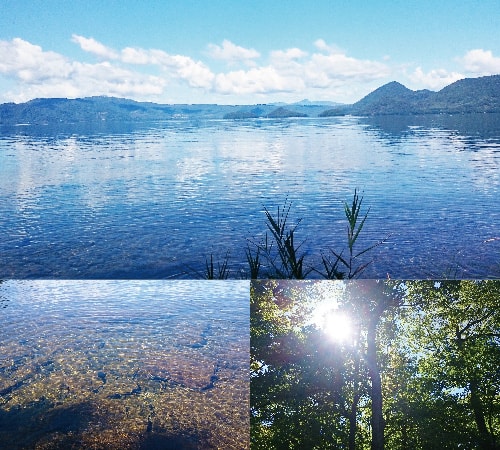
Sobetsu Waterfall is the only water outlet of Lake Toya, and it is a popular spot for its refreshing qualities and minus ion emission. Its dynamic 18m long fall gives a sense of refueling energy, a good spot to take a break. The promenade leading to the fall is a wonderful walk, certain to prepare oneself to enter a calmer state of mind.
Water levels are regulated and the water fall is fully enjoyable between between Apr 20-Nov 20 (during winter, the water levels of Lake Toya are lower which causes the water fall to dry out.)
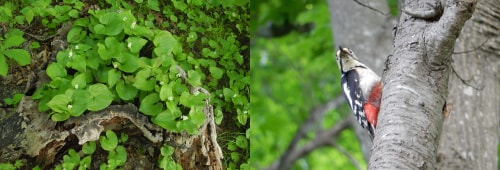
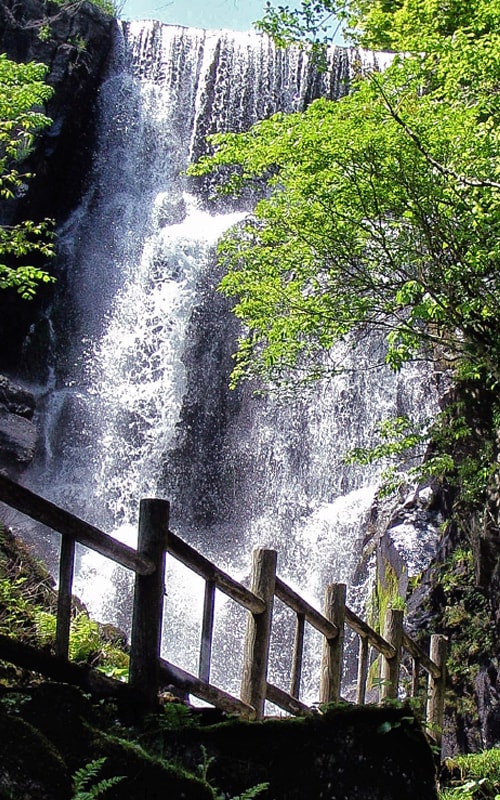
Clear Stream, Rich Ecosystem:
Sobetsu River invites for a stroll.
Sobetsu River is the stream connected to Sobetsu Waterfall, and it is an important existence among the townspeople, who still carry out several projects to protect its rich ecosystem. The river is inhabited by small shrimp and trout, and its environment is known as a beautiful river that continues to exist without destroying its important ecosystem. Its transparency is proof that the townspeople are continuing to cherish and protect its importance. In early October you can observe salmons coming home to their birth places, to then again give birth to their next generation.
Furthermore, during the “Fudoson Festival” in September, a miniature shrine is carried through the river, expressing prayers for protection of health and prosperity.
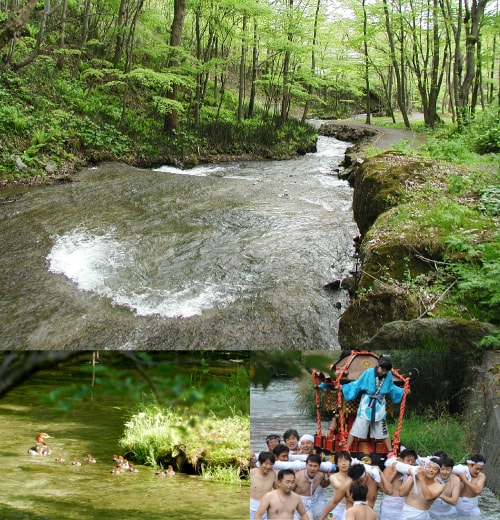
Sobetsu River was once flowing in its simple stream, until in 1943 suddenly Mt Showa-Shinzan, a mountain of 398m, emerged from a flat wheat field within only 2 years’ time, causing a damming of the stream and forming the Shinzan Swamp.
The Shinzan Swamp is enjoyed in all seasons, with its migratory birds and ducks, as well as the colorful autumn leaves it is always worth to stop by. The road behind Shinzan Swamp leads to the Shinzan Swamp Observatory Deck, from where you have a comprehensive view over the town’s center, Takinomachi. The area around the observatory deck is filled with volcanic product from the eruptions, some of them are dated to an eruption from about 20,000 years ago.
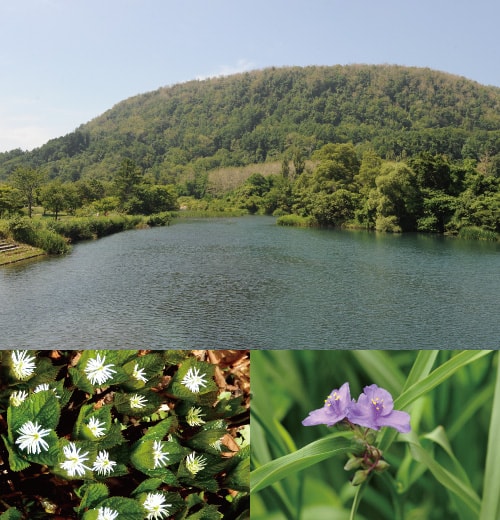
Driving along Osaru river from the valley of Bankei Onsen (Bankei Spa) over the town’s ward Kubonai, down to the town’s center Takinomachi,
is a wonderful sight that surprises each season with its color palette,
from fresh grass green, autumn leaf orange to icy snow-white,
Osaru river has it all.
